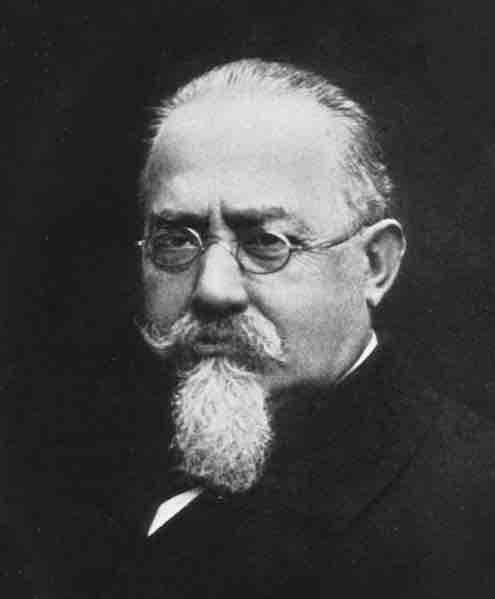A biological theory of deviance proposes that an individual deviates from social norms largely because of their biological makeup. The theory primarily pertains to formal deviance, using biological reasons to explain criminality, though it can certainly extend to informal deviance.
Cesare Lombroso
A biological interpretation of formal deviance was first advanced by the Italian School of Criminology, a school of thought originating from Italy during the mid-nineteenth century. The school was headed by medical criminologist Cesare Lombroso, who argued that criminality was a biological trait found in some human beings. Enrico Ferri and Raffaelo Garofalo continued the Italian School as Lombroso's predecessors. The Italian School was interested in why some individuals engaged in criminal behavior and others did not. Their explanation was that some individuals had a biological propensity for crime.
The term Lombroso used to describe the appearance of organisms resembling ancestral forms of life is atavism. He belived that atavism was a sign of inherent criminalities, and thus he viewed born criminals as a form of human sub-species. Lombroso believed that atavism could be identified by a number of measurable physical stigmata—a protruding jaw, drooping eyes, large ears, twisted and flattish nose, long arms relative to the lower limbs, sloping shoulders, and a coccyx that resembled "the stump of a tail. " The concept of atavism was glaringly wrong, but like so many others of his time, Lombroso sought to understand behavioral phenomena with reference to the principles of evolution as they were understood at the time.
Enrico Ferri
Lombroso's work was continued by Erico Ferri's study of penology, the section of criminology that is concerned with the philosophy and practice of various societies in their attempt to repress criminal activities. Ferri's work on penology was instrumental in developing the "social defense" justification for the detention of individuals convicted of crimes. Ferri argued that anyone convicted of a crime should be detained for as long as possible. According to Ferri's line of thought, if individuals committed crimes because of their biological constitution, what was the point of deterrence or rehabilitation? For Ferri, none of these therapeutic interventions could change the offender's biology, making them pointless. After an individual had been convicted of a crime, the state's responsibility was to protect the community and prevent the criminal from doing more harm—as his biology determined he would do.
Raffaelo Garofalo
Garofalo is perhaps best known for his efforts to formulate a "natural" definition of crime. Classical thinkers accepted the legal definition of crime uncritically; crime is what the law says it is. This appeared to be rather arbitrary and "unscientific" to Garofalo, who wanted to anchor the definition of crime in something natural. Most significant was Garofalo's reformulation of classical notions of crime and his redefinition of crime as a violation of natural law, or a human universal.
A human universal is a trait, characteristic, or behavior that exists across cultures, regardless of the nuances of a given context. A famous example of a universal is the incest taboo. Exempting a very small number of small communities, all human cultures have a taboo against incest in some form. Garofalo's presentaion of crime as a violation of a human universal allows for one to characterize criminals as unnatural. As soon as criminals are marked as inhuman or unnatural, the public has license to think of an individual convicted of a crime as completely unlike the rest of society; a whole new range of punishments are authorized, including serious social stigmatization.
Biological Theories Today
Italian School biological explanations have not resonated in criminal justice systems in America. However, some traces still exist. Now, the conversation about crime and biological explanations focuses more on the relationship between genetics and crime than the relationship between phenotypic features and crime. Because the modern emphasis is on actual genetics rather than phenotypic expressions of genes, stereotyping of individuals with "criminal" traits or propensities is more difficult. For example, when walking down the street, you can tell who has a protruding jaw, but you can't tell who has the genetic combination that increases one's propensity for aggression. Though the debate has mutated, a biological explanation for deviance and crime is still commonplace.

Cesare Lombroso
Cesare Lombroso argued that criminality was a biological trait found in some human beings

Enrico Ferri
Lombroso's work was continued by Erico Ferri's study of penology, the section of criminology that is concerned with the philosophy and practice of various societies in their attempt to repress criminal activities.